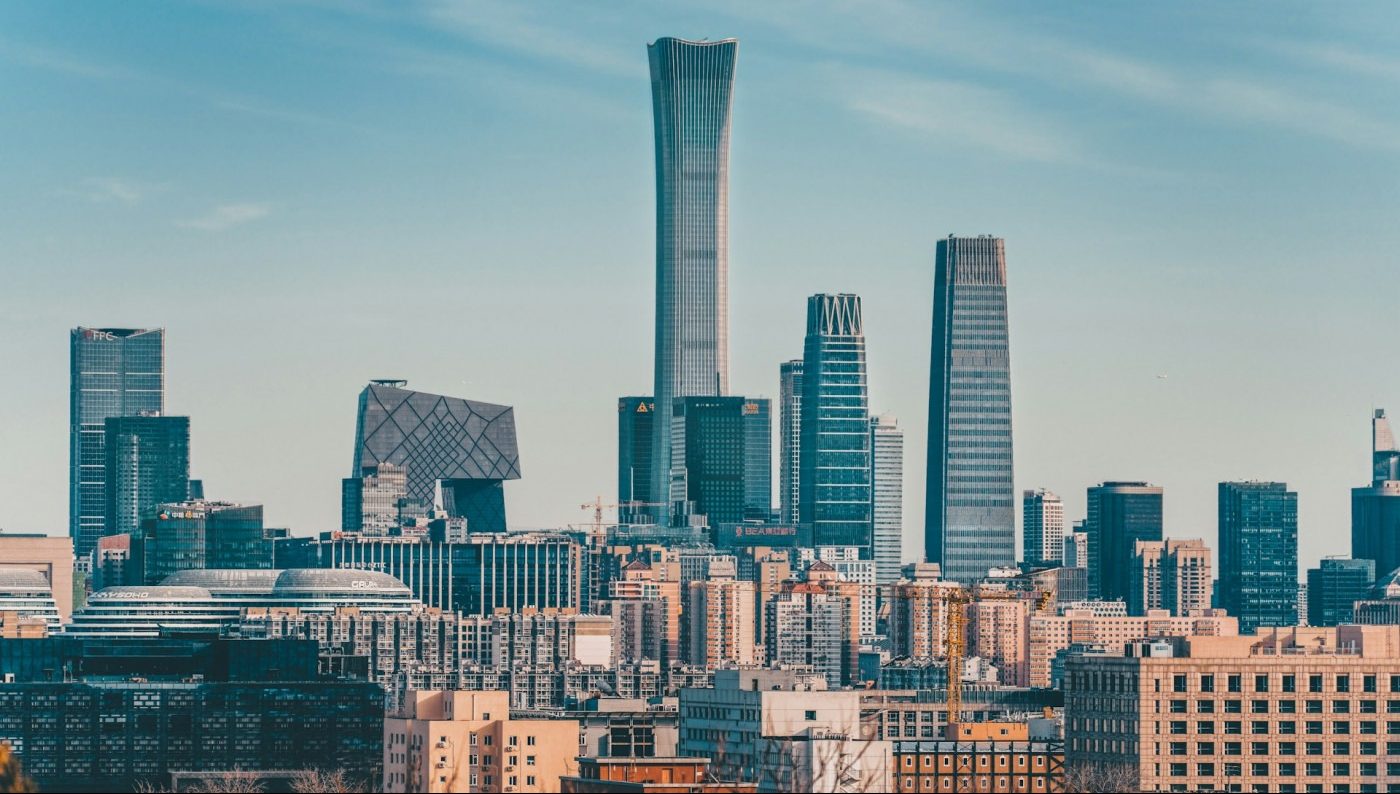City sinking: China’s urban population at risk
With a population of 1.4 billion as of 2022, China’s rapid development has given rise to a plethora of urban adaptation and mitigation challenges to sustain population growth and ensure that its current population can adequately deal with growing climate-related concerns. Amongst them, ultra-rapid urbanisation, flooding, urban sprawl, air pollution, as well as land subsidence, are becoming inevitable climatic considerations for governmental urban planning.
Recently, satellite imagery has contributed to a nation-wide assessment of land subsidence across Chinese cities such as Beijing and Tianjin, conducted by Ao et al. who point at the urgent necessity to mitigate land subsidence rates and enhance protective measures in Chinese coastal areas. But what exactly is land subsidence and how does it happen?
Currently, almost half of China’s cities are sinking
Simply put, land subsidence is a phenomenon observed when land is gradually sinking. Subsidence can be natural, but most of today’s observed cases are human-induced, and mainly caused by groundwater extraction at a faster rate than aquifers can replenish. As cities grow exponentially, more groundwater is drained because it is a large source of potable water that is safer to drink than surface water. Land reclamation, tunnelling (to make way for subways and mines, for example), and even the weight of buildings can contribute to the sinking and destabilisation of land. And as a result, these processes create uneven land subsidence across cities.
Jakarta is currently the world’s fastest sinking city, with some areas in the city seeing a subsidence rates of up to 15 millimetres per year. Land subsidence is seen in many other urban hotspots such as Houston, Mexico City, and Delhi, and is being increasingly observed in coastal areas in China. Satellite imagery has provided scientists with measurements on ground deformation and subsidence trends. Currently, almost half of China’s cities are sinking. According to Ao et al.’s study, 45% of China’s cities have a subsidence rate of over 3 millimetres per year and 16% over 10 millimetres.
In fact, 7.3% of the population of the 82 major Chinese cities studied live on surfaces sinking at 10 millimetres per year. Therefore, if we were to account for the entire urban population of China, this would represent 67 million people living in rapidly sinking regions, roughly equal to the population of France.
Land subsidence has incurred the Chinese government a loss of more than 7.5 billion yuan
Coastal areas are particularly vulnerable — the study’s authors predict that around 100 years from now, 22 to 26% of China’s coastal areas will be below sea level. A large proportion of the Chinese population currently lives on the coast. China’s biggest city, Shanghai, sits on the Yangtze River delta. Over the past 100 years, it has subsided up to 3m. With other major cities such as China’s capital Beijing and the London-sized Tianjin also resting by the coast, increasing land subsidence rates pose major threats to urban life. As the land sinks and the sea rises, residents will increasingly be affected by floods and infrastructure degradation. Within the past few decades, land subsidence has incurred the Chinese government a loss of more than 7.5 billion yuan in terms of risk management costs.
So how do we slow down land subsidence and effectively mitigate its effects? Tokyo and Osaka, two of Japan’s largest cities, have also fallen victim to land subsidence and have experienced rapid sinking rates. In the 1960s, however, groundwater extraction was banned in both cities and authorities called for the provision of alternative surface water supply. This strategy has proven effective in the drastic reduction of land subsidence. Additionally, modern urban planning has been steering towards designing structures that aim to reduce the effect of a building’s weight on its foundations and hence to maintain its structural integrity. There is, however, a possibility that prevention is no longer enough, and adaptation is the only remaining plausible course of action. Dikes are being used across China’s low-lying coastal areas to hold back water currents, but only time will tell how much longer these barriers will hold.

Comments